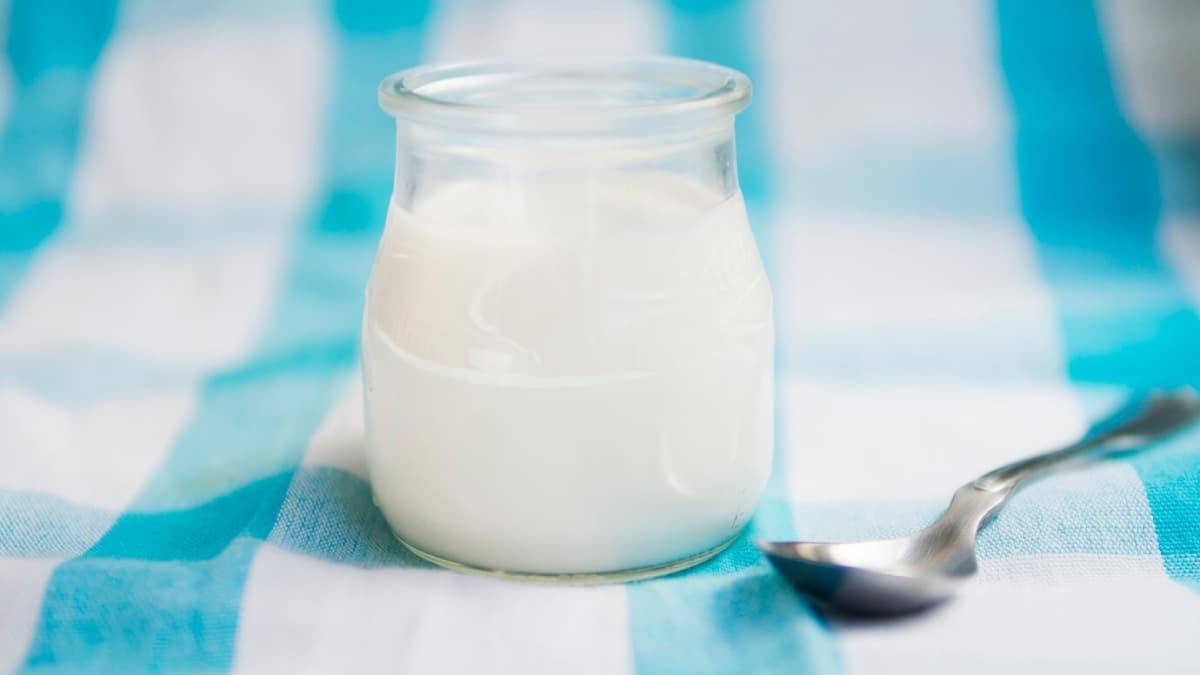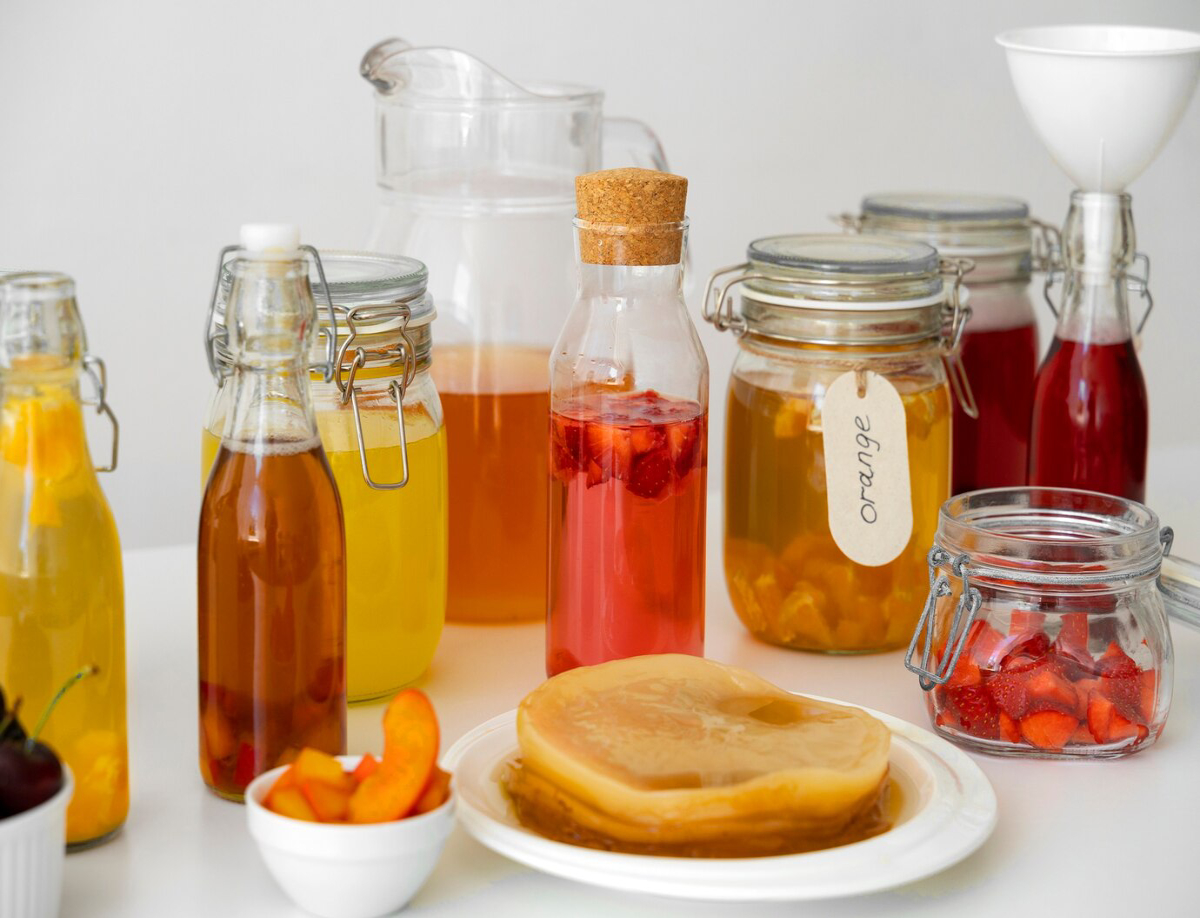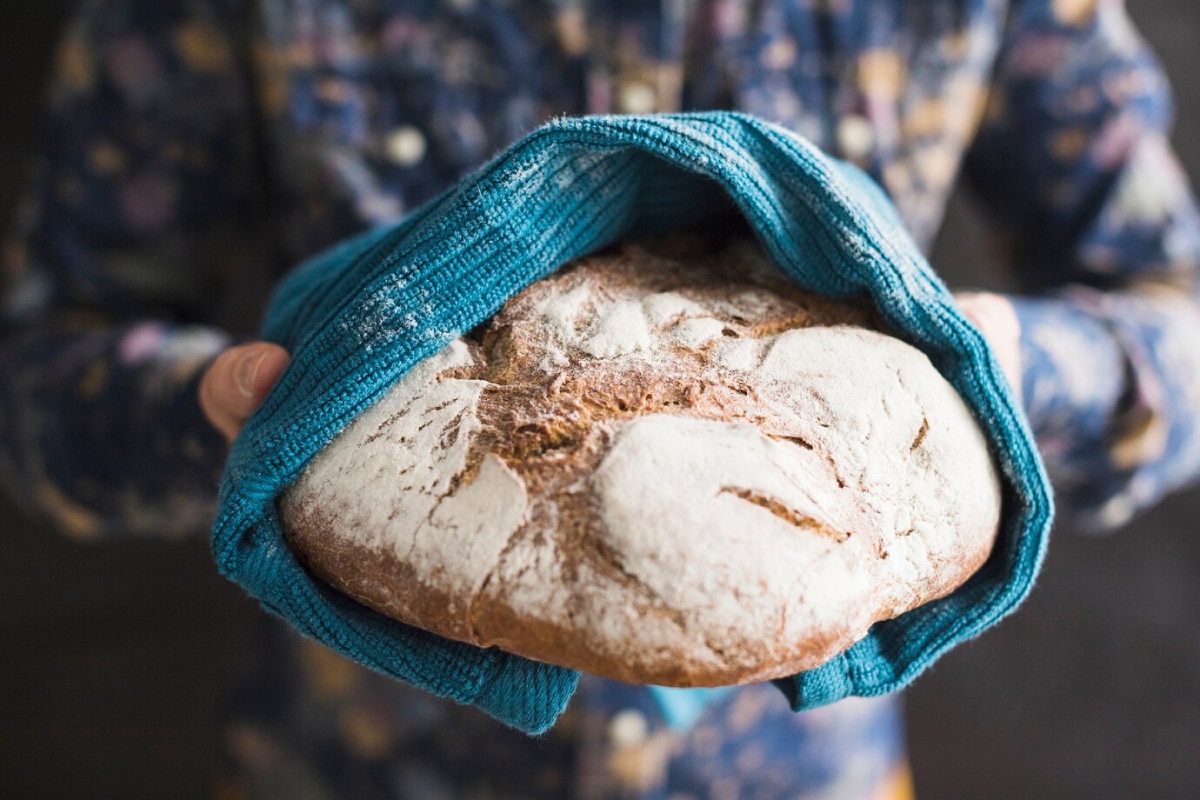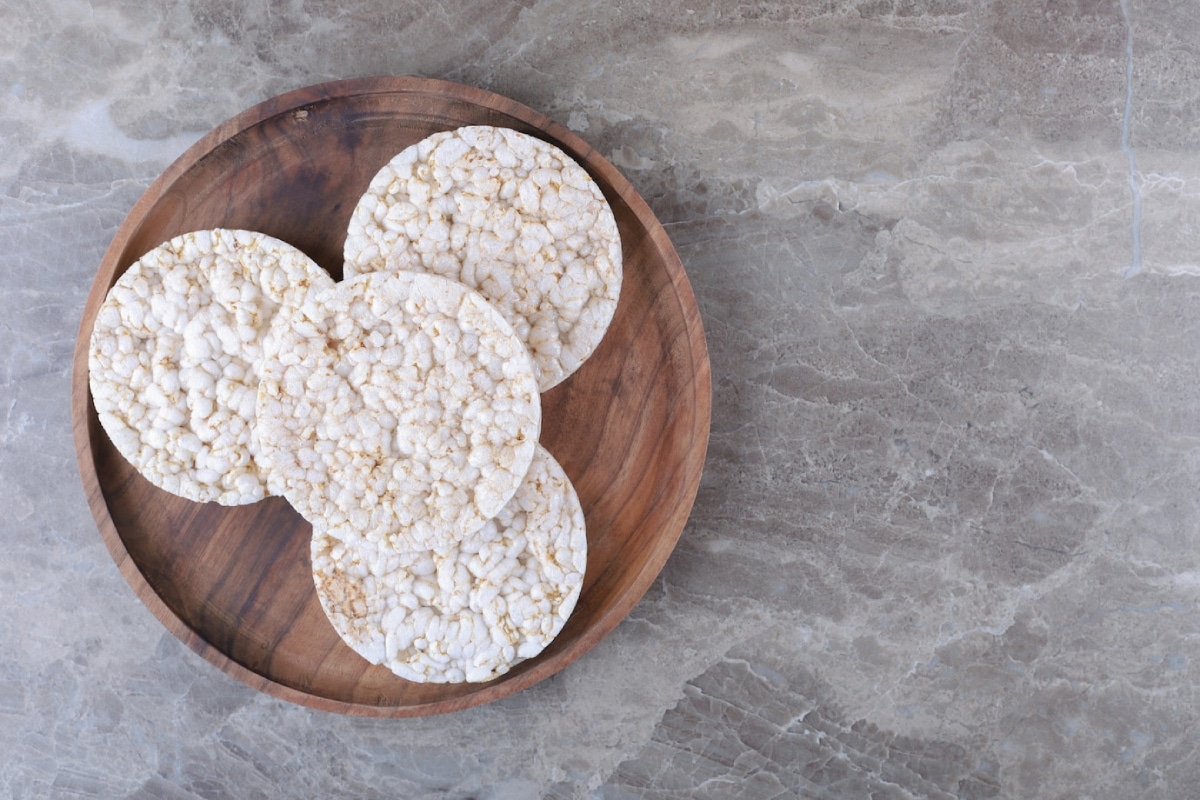
Making Whole Grain Fermented Flatbreads from Scratch at Home
Flatbreads have fed civilisations for thousands of years. They’re rustic, versatile, and humble. But when you introduce whole grains and fermentation to the mix, they transform into something truly special: deeply flavoured, gut-friendly, and richly nutritious. Welcome to the world of whole grain fermented flatbreads — the sweet spot between ancestral wisdom and today’s health-conscious eating.
This guide is your step-by-step walkthrough to baking flatbread sourdough using natural fermentation and whole grain flours. You’ll learn why fermented flatbreads are healthier, how to develop flavour and flexibility with wild yeast, and discover recipes that make healthy fermented baking part of your weekly rhythm.
Whether you’re a sourdough veteran or new to baking, you’ll come away with everything you need to turn flour, water, and time into something extraordinary. Let’s dig in.
Why Choose Fermented Whole Grain Flatbreads?
1. Nutrient Boost from Whole Grains
Whole grains retain the bran, germ, and endosperm, making them rich in:
- B vitamins
- Fibre
- Iron, magnesium, and zinc
- Antioxidants
These nutrients support energy, gut health, and immunity — and they’re naturally present in flours like whole wheat, rye, spelt, and einkorn.
2. Fermentation Enhances Digestibility
Lactic acid bacteria and wild yeasts work together to:
- Break down phytic acid (improves mineral absorption)
- Pre-digest gluten and starches
- Support beneficial gut bacteria
This process makes flatbreads easier on the digestive system and contributes to a balanced gut microbiome.
“Once I started fermenting my flatbread dough with whole grains, I noticed I no longer felt bloated after eating. It’s been a game changer.” – Ellie, home baker
3. Simple and Flexible
Flatbreads don’t require proofing baskets or Dutch ovens. They can be:
- Rolled or hand-pressed
- Cooked on a skillet, griddle, or oven stone
- Made in batches and stored for the week

Starter Basics for Flatbread Sourdough
Choosing or Creating a Sourdough Starter
A healthy sourdough starter is your secret to naturally leavened breads. You can:
- Use an existing starter
- Build your own from scratch (takes 5–7 days)
Starter Tip: Feed your starter with whole grain flour a few days before baking to enrich its microbial diversity.
Need a refresher? Start here: how to make a sourdough starter from scratch
Best Flours for Flatbreads
- Whole wheat (strong flavour, high fibre)
- Spelt (nutty, more delicate)
- Rye (dense, earthy)
- Einkorn or emmer (ancient grains, gluten-sensitive friendly)
Try blending flours for the right balance of stretch and softness.
Fermented Flatbread Recipe: The Core Method
Ingredients (Makes 6–8 Medium Flatbreads)
- 300g whole grain flour (e.g. 150g whole wheat + 150g spelt)
- 100g active sourdough starter (fed 6–8 hours prior)
- 180ml water (adjust slightly depending on flour)
- 1 tbsp olive oil (optional)
- 1 tsp salt
Mixing & Bulk Fermentation
- Mix Ingredients
- Combine flour, starter, salt, and water
- Add olive oil if desired for softness
- Rest & Knead
- Let the dough rest (autolyse) 30 minutes
- Knead until smooth (5–8 minutes by hand)
- Bulk Ferment
- Cover and leave at room temp for 6–8 hours
- Alternatively, ferment overnight in the fridge for flavour depth
Shaping & Cooking
- Divide Dough
- Cut into 6–8 equal pieces
- Roll into balls, cover and rest 15 minutes
- Roll or Press
- Flatten each ball into 3–5mm thick round or oval shapes
- Cook
- Heat a dry skillet or tawa to medium-high
- Cook 1–2 mins per side until golden spots appear
- Wrap in a clean towel to keep soft
Variations and Add-Ins
Add Whole Seeds
- Ground flax or chia (for omega-3s)
- Sesame, poppy, or nigella for crunch
Flavour Upgrades
- Chopped fresh herbs (parsley, coriander, dill)
- Minced garlic or roasted onion
- Spices: cumin, za’atar, turmeric, paprika
Alternate Liquids
- Use yoghurt or kefir instead of water for a tangy softness
- Try veggie puree (beetroot, carrot) for colour and nutrients
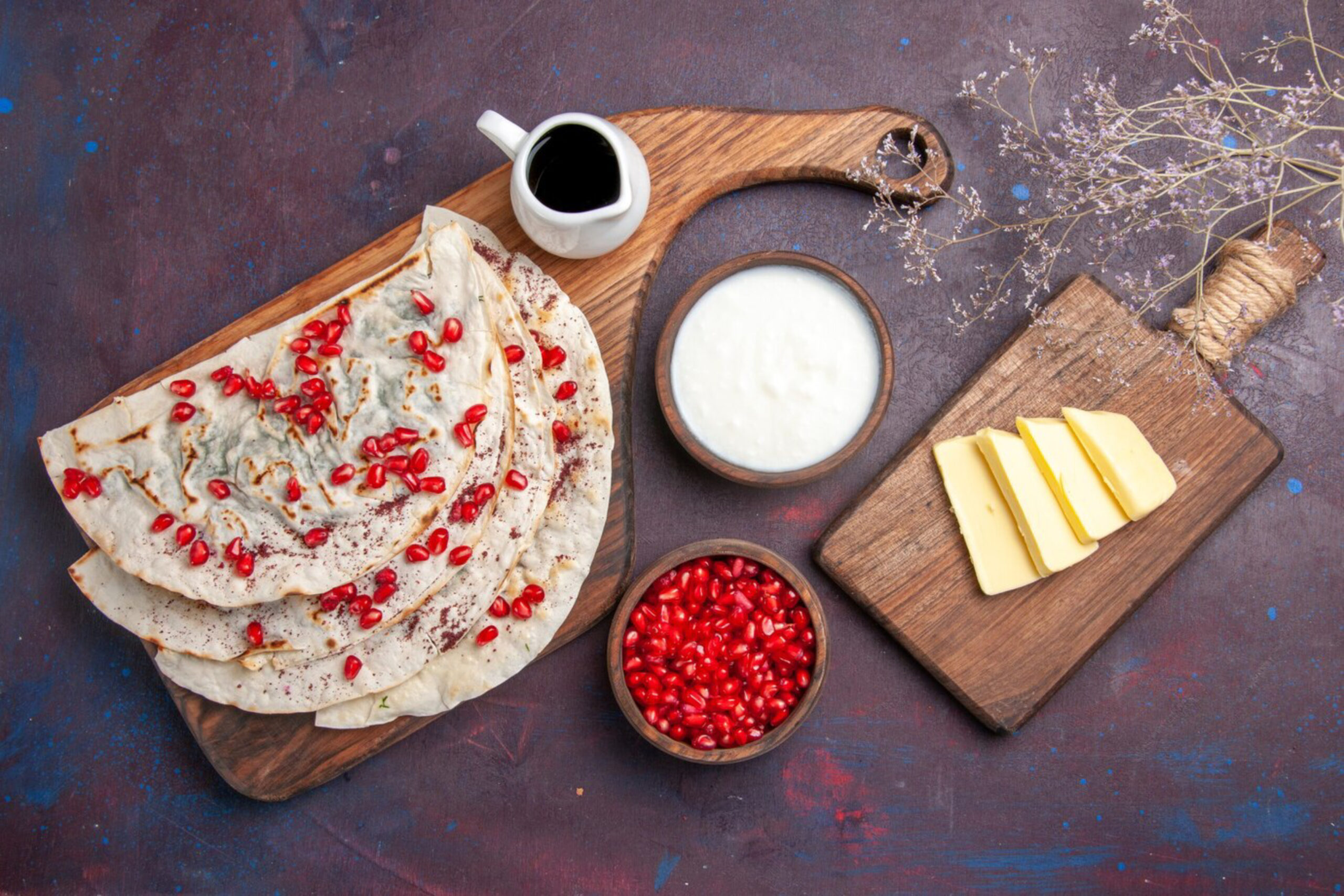
Meal Ideas with Fermented Flatbreads
These flatbreads are incredibly versatile:
- Wraps: Fill with grilled veg, hummus, pickles
- Toppings: Use as pizza base with fermented tomato sauce
- Sides: Serve with stews, soups, or curries
- Breakfast: Pair with eggs, sauerkraut, or cheese
Want a creative fermented topping? Try our fermented ketchup for a tangy upgrade.
Storage & Reheating
Keeping Flatbreads Fresh
- Store in airtight container at room temp for 2 days
- Refrigerate up to 5 days
- Freeze with parchment between each flatbread for longer storage
Reheating Tips
- Toast dry in skillet for 30 seconds
- Warm in oven wrapped in foil
- Avoid microwaving to maintain texture
Troubleshooting Common Issues
Dough too sticky?
- Add extra flour during kneading, or wet hands to handle
Flatbreads cracking?
- Dough may be too dry or under-rested
Tough or chewy?
- Overcooked or flour mix too strong (try blending with spelt)
No rise or puffing?
- Starter may be weak; try fermenting longer or feed starter well beforehand
Why This Method Works
Fermentation Science
Wild yeast and lactic acid bacteria:
- Pre-digest carbohydrates
- Produce acids that tenderise gluten
- Add flavour compounds like esters and aldehydes
This means your bread is more aromatic, easier to digest, and has longer shelf life naturally.
Whole Grain Health Boost
Compared to refined flours, whole grains offer:
- Lower glycaemic load
- Higher satiety
- Improved digestive function due to fibre
Together with fermentation, this creates an ideal daily bread.
A Real-Life Home Baker’s Story
“I started baking flatbreads because I didn’t have time for traditional sourdough. What I didn’t expect was how satisfying it would feel to roll and cook these by hand. I freeze them in stacks and reheat during the week. They’re our go-to for everything from veggie wraps to quick breakfasts.” – Nisha, London
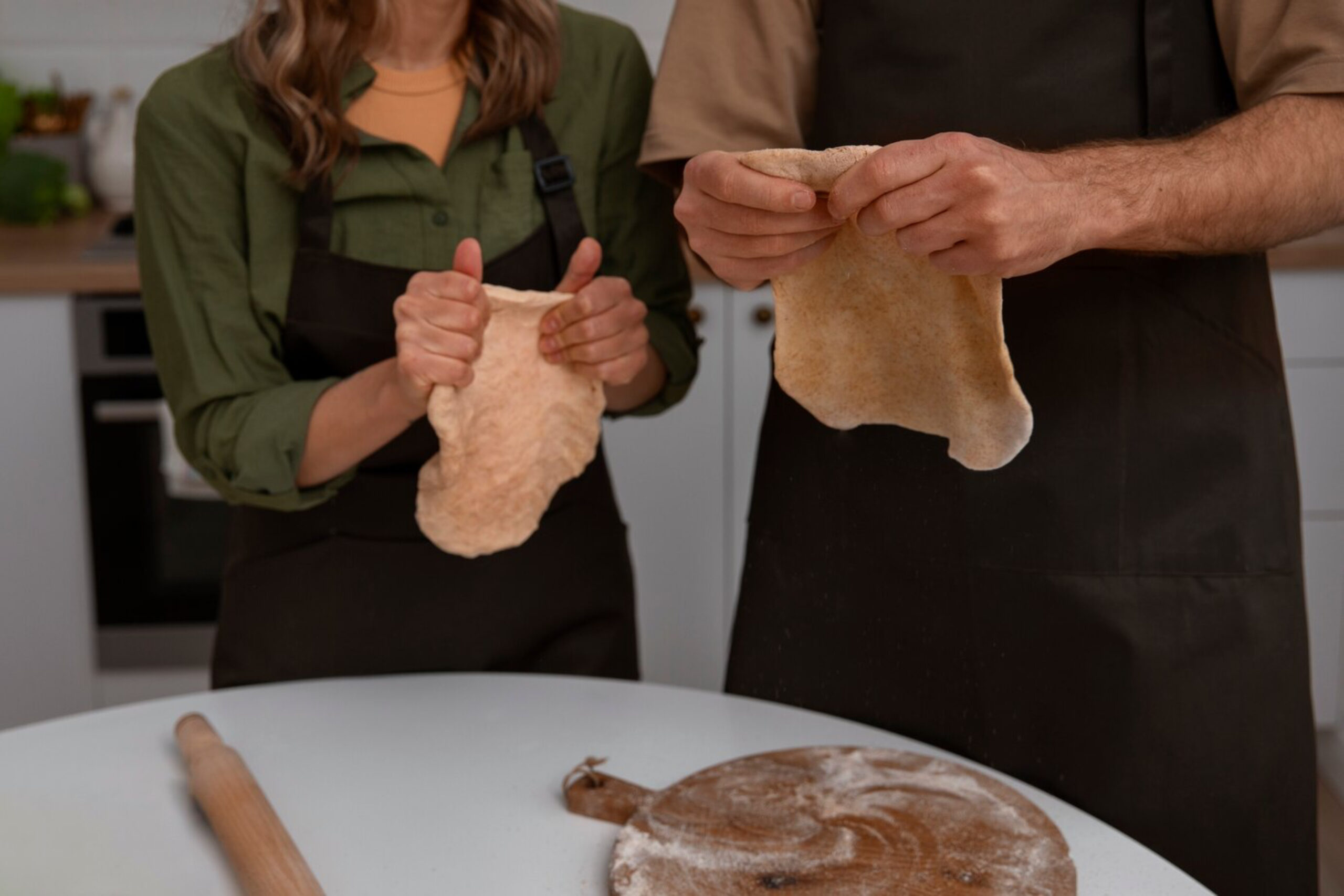
Going Beyond: Make Flatbread a Weekly Ritual
Weekly Schedule Example
- Sunday evening: Feed starter
- Monday morning: Mix dough, bulk ferment
- Monday evening: Shape and cook
- Tuesday–Friday: Store or freeze flatbreads
Use as a Teaching Tool
- Great recipe for kids learning to roll dough
- Perfect for community or cultural cooking demos
- Connects to food heritage and intuitive cooking
Ancient, Adaptable, and Absolutely Worth It
Fermenting your own whole grain flatbreads from scratch is more than a baking technique. It’s an invitation to slow down, savour deeper flavours, and nourish your gut in the most hands-on way possible. With just a few ingredients and a bit of patience, you can create something that feels both ancient and fresh every single time.
These flatbreads are endlessly adaptable, genuinely good for you, and deeply satisfying to make. Whether you’re rolling your first or fiftieth, there’s always joy in that puff of steam, the spotted surface, and the satisfaction of real, healthy food made by hand.
So what are you waiting for? Fire up your skillet, tag us in your flatbread photos, and don’t forget to subscribe for more healthy fermented baking ideas.
